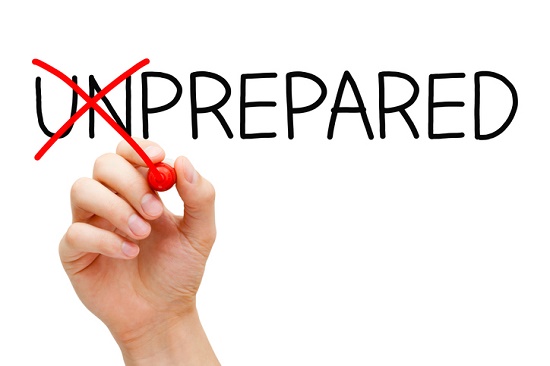
There really is no such thing as an out-of-the-box hearing aid model that works for everyone immediately. To get the best experience out of your hearing aids, it’s important to prepare for each step of the process and to work with a trusted and qualified hearing care professional.
Follow this step-by-step guide for getting best hearing aid results.
Before your hearing test appointment
Before you go to your hearing test, write out a list of questions to discuss with your hearing care professional so that you understand exactly what you need to do.
At the appointment, your hearing care professional will then test your hearing, review your results, and answer your questions to help you decide if hearing aids are the right choice for your situation.
Don’t leave this appointment without asking these (and other) questions you need answers for:
What type of hearing loss do I have? Is it mild, moderate, severe, or profound?
Would hearing aids be beneficial for me?
Do I need hearing aids for one or both ears?
Which hearing aid is best for my needs? How can I decide which features I need and stay within budget at the same time?
What financing options are available for purchasing hearing aids if I need them? (, credit arrangements, private insurance, state programs, etc.)
During your appointment
If the results of your hearing test come back normal, hearing aids may not be required, and you’ll have a baseline test to compare future hearing tests.
If the results indicate hearing loss, and that you can benefit from hearing aids, your hearing care professional will review your options with you.
In selecting a hearing aid, you need to make a lot of considerations. This list includes many of the things you’ll need to think about:
Programmability – most hearing aids are digital and programmable so that they can be programmed to match your individual hearing loss situation. Do not let anyone sell you a hearing instrument right out of the box with no adjustment necessary, as it simply won’t work the way you need it to.
Style – modern hearing aids come in a host sizes and styles, from models that sit behind the ear to models that fit entirely within the ear canal. You’ll want to balance price, ease-of-use, functionality, and aesthetics in making your decision.
Wireless connectivity – many of today’s newer hearing aid models connect wirelessly to compatible smartphones. That way, you can discreetly adjust volume and settings and send phone calls directly to your hearing aids. Some models even stream your favorite music—all without any wires or the need for a separate remote control for your hearing aids.
Advanced features – A lot of current hearing aid models have additional advanced features, like directional microphones to enhance speech, background noise reduction, environmental settings, and telecoils for clearer phone calls. You may also want to forgo some of these options and opt for a more cost-effective model.
It can all seem very confusing, but your hearing care professional is there to help guide you through the entire decision-making process. Be aware of red flags, however: if someone tries to drive you into a decision without addressing your questions, find another hearing care professional.
After you get home
After you’ve selected your hearing aids and your hearing healthcare professional has programmed them for you, you’re ready to bring them home. Keep the following two important points in mind:
First, don’t expect to adore your new hearing aids right off the bat. You’ll likely be hearing sounds you haven’t heard in a while, and the overall sound will just seem “off.” This is perfectly normal and, after a few weeks, will subside.
We recommend starting small at home. Try watching a movie and paying particular attention to the dialogue, engage in one-on-one conversations in a quiet room, and try listening to music and picking out or following certain instruments.
The fact is, beginning to wear hearing aids can be uncomfortable at first, but try to wear your hearing aids as much of the day as possible, putting them in when you wake up and taking them out before bed. This will speed up the adjustment process, and after a few weeks, you’ll be glad you put in the effort.
Also remember that your hearing aids can be adjusted, so if you continue to have difficulty hearing or adapting to the new sound, schedule a follow-up visit with your hearing care professional to fine-tune the settings.
Second, you’ll need to properly maintain and care for your new hearing aids to keep them working at their optimal levels. This means daily cleaning, proper storage, and managing your battery supply.
You can make these tasks easier on yourself with the right tools and habits. Hearing aid cleaning kits, storage cases/sanitizers, and batteries can all be supplied, with tips, from your hearing care professional.
After a short period of adjustment, you’ll be prepared to enjoy the all the benefits of better hearing. If you have any other questions about hearing aids, or the process of acquiring them, give us a call!

